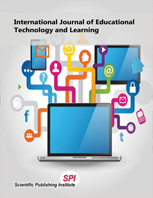Social media and student academic performance: A cross-country analysis using PISA 2018
DOI:
https://doi.org/10.55217/101.v15i1.687Keywords:
PISA, Propensity score matching, Social media, Student learning.Abstract
The pervasive use of social media is reshaping how the emerging generation communicates, learns, and thinks. As such, examining its impact on academic performance has grown increasingly important. The purpose of this study is to investigate the effects of social media usage on students’ learning outcomes, using data from the Programme for International Student Assessment (PISA) 2018 database. In order to eliminate selection bias and assess the causal effect of using social media on learning, this research used propensity score matching (PSM) as an approach. By conducting analyses in each participating country, we were able to observe how the effects of social media use for school learning vary in different social, cultural, and political contexts. After obtaining the average treatment effects of each country, we find that the effects of social media use on learning varied significantly by country. In countries such as Mexico and Turkey, a positive relationship was observed between social media usage for academic purposes and student performance. Conversely, in countries such as the US and UK, a negative relationship was evident. Although the reasons behind these contrasting outcomes across countries remain outside the scope of this paper, the conclusions and practical implications are presented with caution, acknowledging the limitations of our research and indicating potential areas for further exploration.


